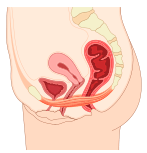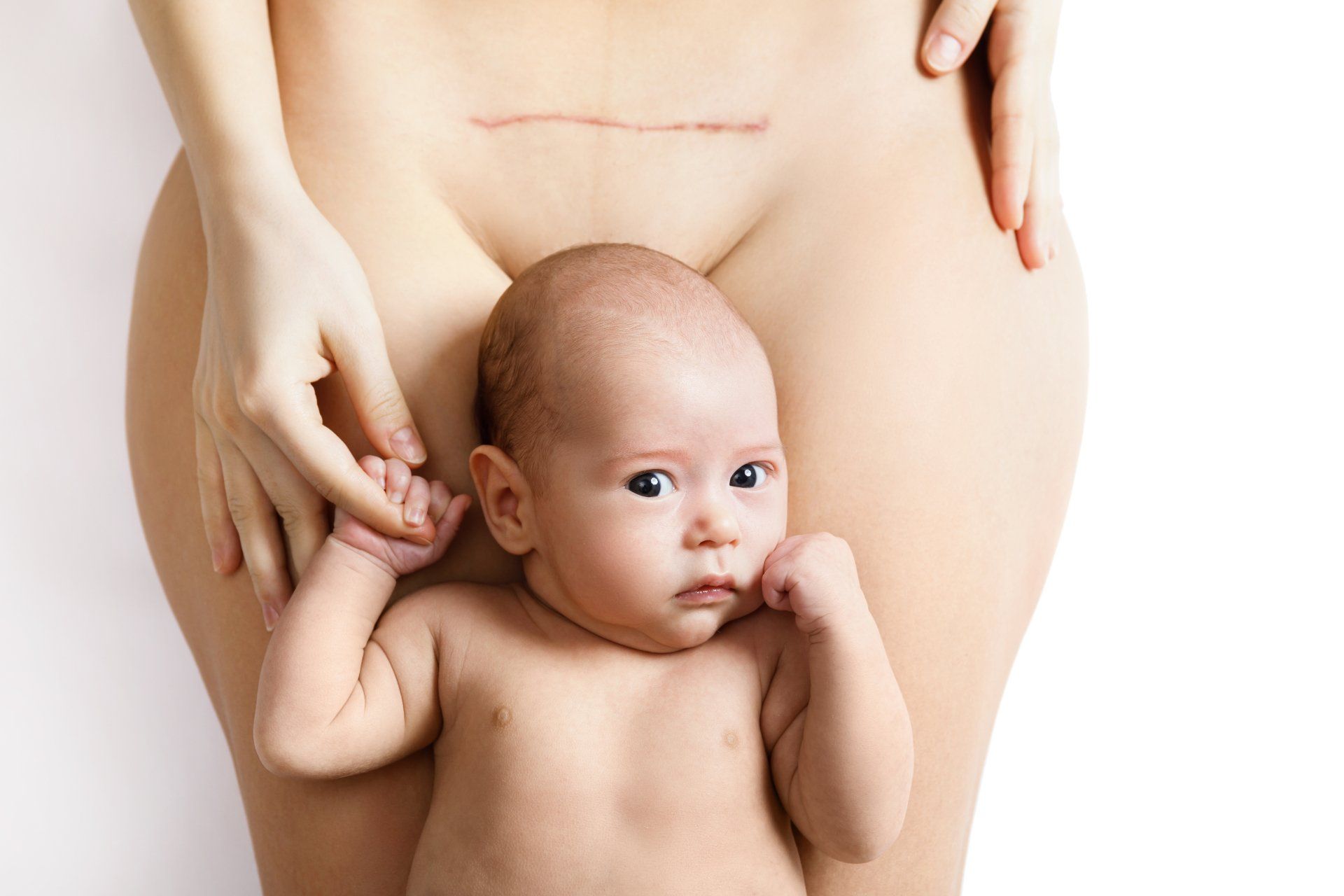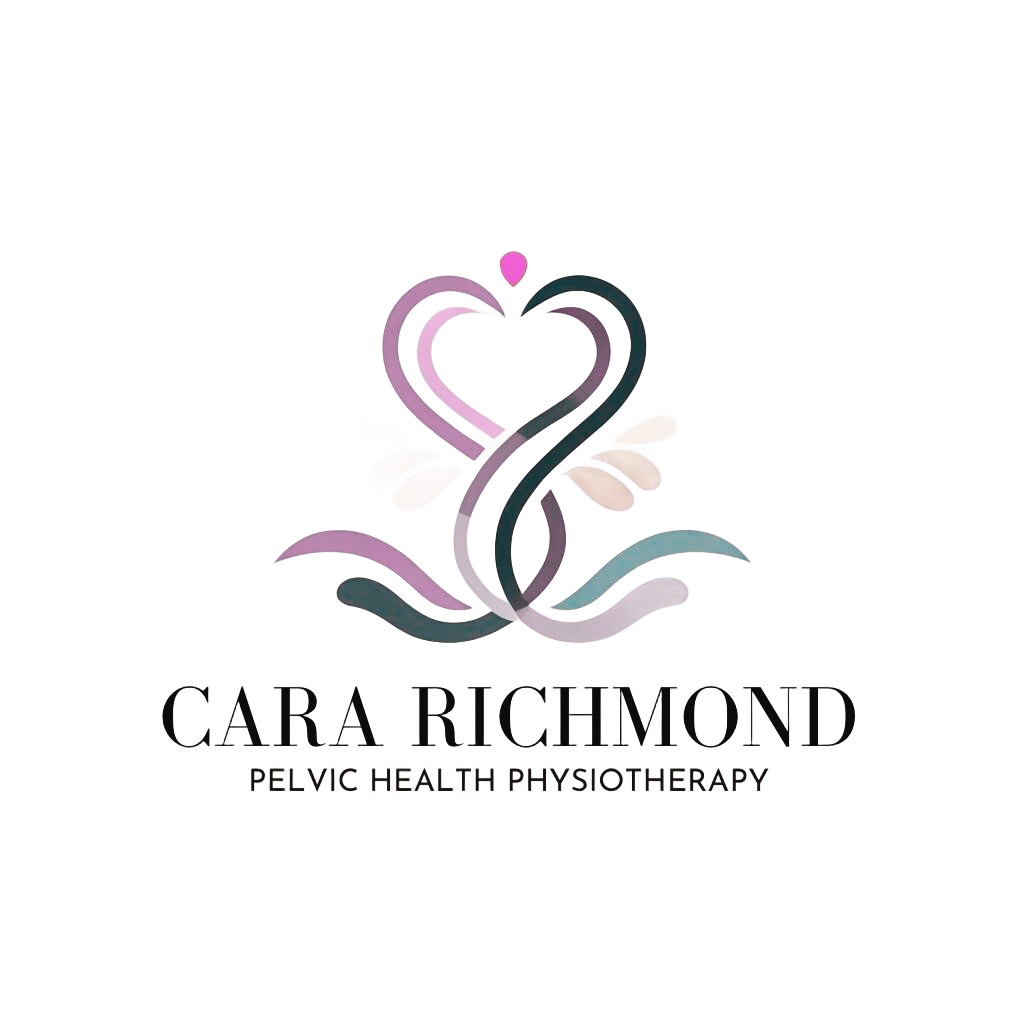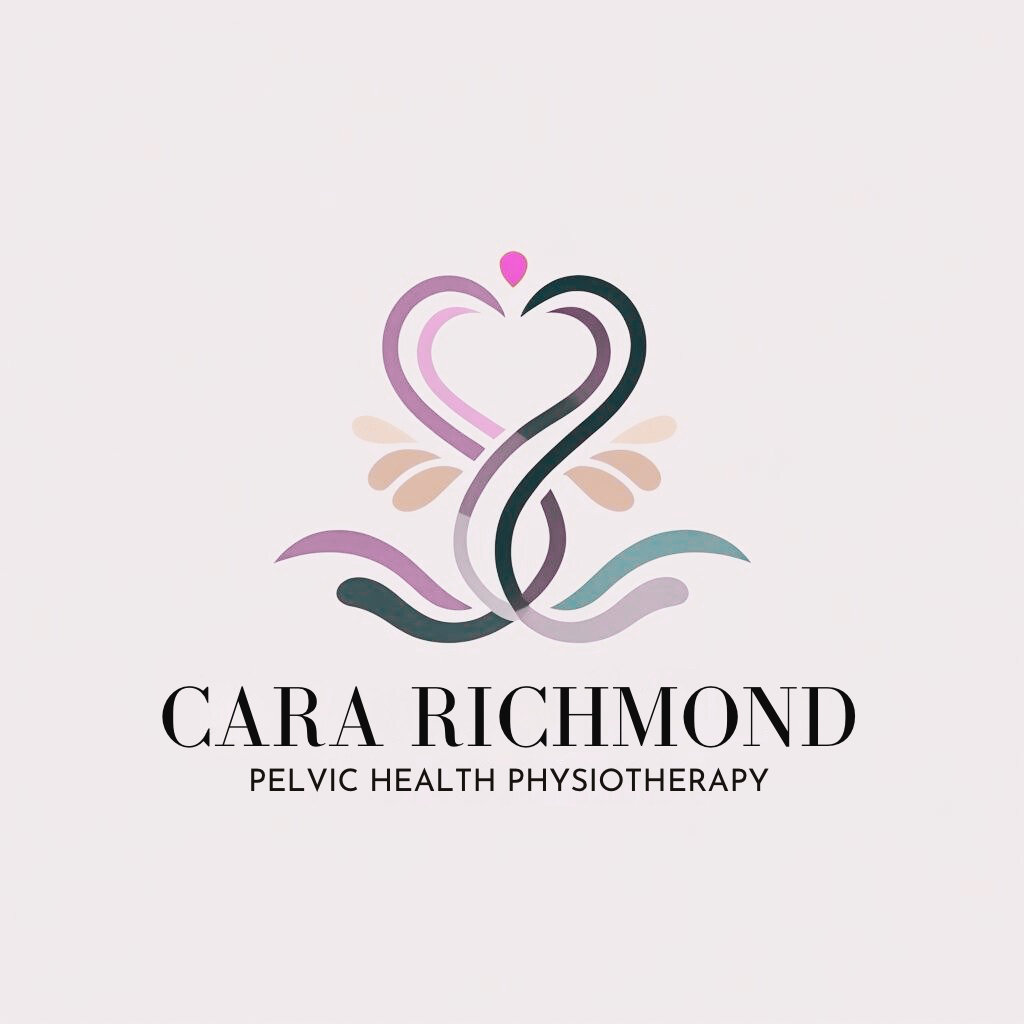Are your breast(s) warm, red tender or panful to touch?
Do you feel that the milk is no longer flowing out as well as it was?
Do you have any painful lumps in the breast?
Are you experiencing flu like symptoms (feverish/aching/fatigue/generally feeling unwell)?
What can cause Mastitis or Blocked Ducts?
Nipple damage
Changes in feeding schedules - e.g. baby sleeping longer overnight, more cluster feeds
Blocked milk ducts
Incorrectly fitted bra or feeding top
Lip or tongue tie
Poor attachment to the breast
How can my Physiotherapy Services help you?
Physiotherapy can help with mastitis and nipple damage.
I will provide you with an individualised assessment and treatment plan for your breast concern.
Treatment may include:
- Therapeutic ultrasound
- Lymphatic massage to the breast and chest area
- Cold therapy
- Addressing feeding issues in conjunction with your local support networks and lactation consultants
Pregnancy and Pelvic Health Diaries
Do you want to know more about Mastitis and Blocked Ducts?

By Cara Richmond
•
October 15, 2022
What is the Pelvic Floor? The pelvic floor is a group of muscles and ligaments that are about as thick as the palm of your hand and they create the “floor” of your pelvic attaching from your pubic bone at the front to your coccyx bone at the back. What does the Pelvic Floor do? The pelvic floor helps to maintain control of your poo and wee, they also help to support your pelvic organs (bladder, bowel and uterus), helping to prevent them falling down into your vagina (prolapse). The pelvic floor also helps your sexual function, contributing to orgasm and arousal. How to contract your Pelvic Floor Muscles? These muscles are hidden inside our body and it can be very hard to know if we are actually contracting the muscles the right way. A lot of women actually perform the wrong movement which results in straining and pushing down of the muscles. To contract your muscles the right way I suggest the following: Sitting down on a chair, feet and back well supported Let your belly relax Palms facing up Now imagine that you are trying to stop your wee, squeeze and lift your pelvic floor muscles If the muscles are being squeezed the right way, you should feel a very small movement of your vagina lifting up from the chair Try and hold for 2-3 seconds and then relax the muscles As you relax the muscles you should feel your vagina drop into the chair Repeat this 10 times Other cues for contracting your pelvic floor muscles Imagine holding in wind Imagine drawing a tampon up your vagina Remember to not hold your breath, avoid clenching your inner thighs, jaw and buttock area

By Cara Richmond
•
September 27, 2022
What should you do in the first few days until the wound(cut) heals? After your surgery, generally there will be sutures, staples or steri strips over the wound to help hold the skin together. The doctors and nurses usually place a waterproof dressing over the top to help the wound stay dry and clean to help reduce the chance of an infection. You should leave all dressings and sutures in place until your Doctor or Midwife removes them. Try and keep your wound dry and clean. The wound can be quite sore and tender for the first week or so. Make sure you keep up with your regular pain relief that you Doctor has given you. To help support the wound and give you an added layer of protection between your clothes and the dressing, you can place a clean sanitary pad across the wound. You can change this a couple of times a day to keep the pad as clean as possible. Try to wear high waisted undies if you can as bikini briefs tend to dig into the wound. If you have tubigrip you can wear this around your belly to help give you some more support around your abdomen and the C section wound. Try and avoid wearing highly compressive shorts such as the recovery ones until your wound is healed a bit more as they can be hard to pull on and off for the toilet in the early stages. I generally suggest to my clients to start wearing them from 7-10 days post partum. What signs and symptoms do I look for I am worried that my wound is infected or not healing as it should be? Severe abdominal pain Pain at the incision site which is worsening or not going away Redness or swelling along the incision site Pus discharge from the wound Foul smelling vaginal discharge Temperature, feeling unwell, increased fatigue If you have any of these symptoms and you are worried that you may have an infection or the wound is not healing as expected, you should contact your Doctor, Midwife or Obstetrician immediately. How can help my scar heal faster? Once your wound has fully healed and your steri strips and/or sutures/staples have been removed you can start to gently massage your scar to help soften and breakdown the scar tissue. I usually recommend vitamin E cream, dermeze or sorbolene to use to help massage the scar. You do not need to be very vigorous and hard when you massage your scar. A gentle massage up/down and across the scar will help to soften and gently breakdown the scar tissue. Scar massage can help to improve your skin sensation and reduce some of the sensitivity along the incision which can occur with a caesarian. Once the steri strips, staples/sutures are removed I usually recommend for my clients to use either micropore or silcone based tapes for 3-6 months after their surgery to help flatten, support and improve their scar appearance. Both of these tapes are readily available from most Pharmacies and cost less than $10 AUD. If you have had a C section before, I usually recommend to use the silcone based tape as this is more firm and has been shown to be more effective than micropore for previous scars. If your body has a tendency to be a very good healer, or you have a history of keloid scarring then I would also recommend using the silcone based tapes as they are more supportive and effective in reducing the density (thickness) of scars. Help my scar is lumpy, raised and tender. What can I do? If you have been worried about your scar and your Medical Team has advised that there is no infection or wound issue then you may benefit from a consultation with a Pregnancy and Pelvic Health Physio. It is really common after a C section to have tenderness, numbness and tingling sensations around the scar. The operation creates scar tissue and it can make the nerves around the wound extra tender and sensitive. Most of the time, the sensation returns to normal after 6-12 months, for some women the sensitivity can remain, but to a much lesser extent that its not generally bothersome. For some women, their bodies can produce large and thick scar tissue which can be bothersome from a physical and psychological perspective. Some woman can find that wearing jeans or low waisted pants irritate their scar, whilst others are quite distressed about the appearance of the scar. There are a various different treatment options that a Pregnancy and Pelvic Health Physio might be able to offer you to help your scar. This may include; therapeutic ultrasound, laser therapy, dry needling and scar massage to the wound.

By Cara Richmond
•
September 26, 2022
Neck and shoulder pain and headaches are really common in pregnancy, but there is no need to suffer. What causes neck and shoulder pain? During Pregnancy your body undergoes a huge amount of physical and postural changes which include a growing baby bump and larger breasts which puts more pressure on your upper back and neck. Poor posture and sleep disturbances can also place extra stress on your neck and shoulders, which can increase muscle tension and contribute to headaches and tight and painful muscles and joints What can you do to prevent or help neck and shoulder pain in Pregnancy? 1. Posture If you work in an office or from a computer, make sure that your feet are well supported, with a foot stool. The computer screen is raised so that you don't have to look down or up which places extra strain on your neck and shoulders. If you have a toddler at home, try and encourage them to walk and be as independent as possible. This will also help after birth to help your recovery. 2. Sleep position Try and find a really good and supportive pillow for your neck. After 16 weeks it is recommended that you avoid sleeping on your back to reduce the likelihood of the baby having reduced blood flow. Sleeping on your side is generally the most comfortable, so finding a supportive side pillow can really help to reduce neck and shoulder pain. I am currently using the Ecosa pillow and I have found it great for reducing my neck pain and headaches. 3. Get moving Exercise is a great way to boost your mood and help to reduce muscle tension and pain. Pregnancy fatigue can really limit your motivation to get exercising, but once you start you will feel so much better Trust me, I have been there myself. Start with a 20 minute walk around the block or take the kids to the park on their bike. Walking is a great exercise to help you relax and get the blood flowing so you can reduce the muscle tension in your upper back, neck and shoulders. 4. Use a heat/wheat pack A heat/wheat pack can be a very effective tool to help loosen up stiff muscles and joints. There is no limit to how long or how often you can use the heat pack. When you apply the heat pack place it over your clothes or wrap it up in a towel to prevent you from burning your skin. 5. Stretching Stretches can be a great help to ease of excessive muscle tension and tightness. Try and set a reminder to do these exercises every 2 hours to help stop the build up of muscle tension.



